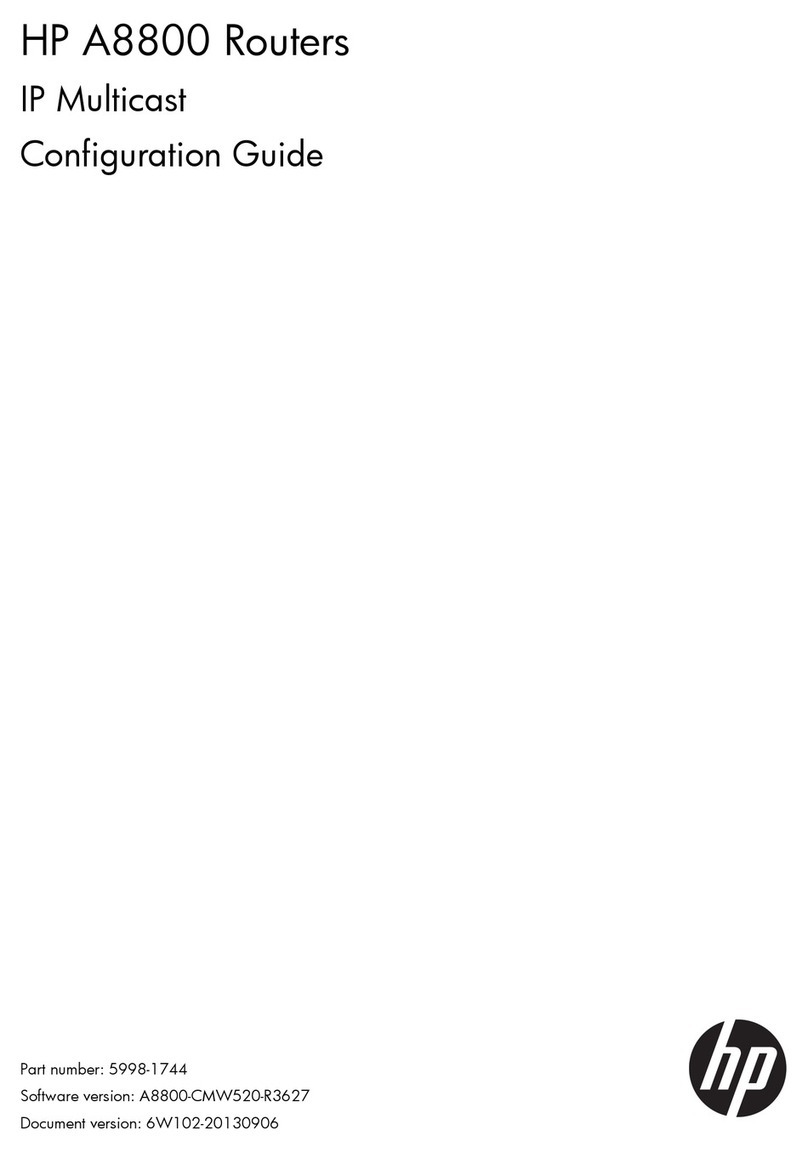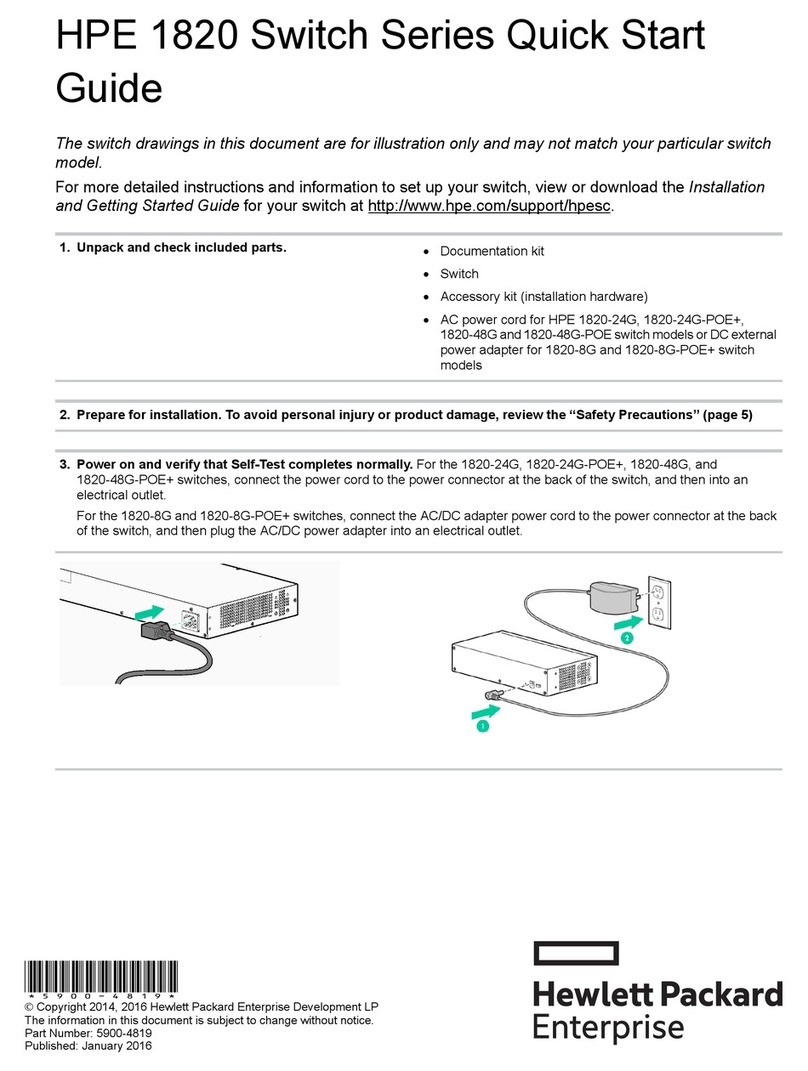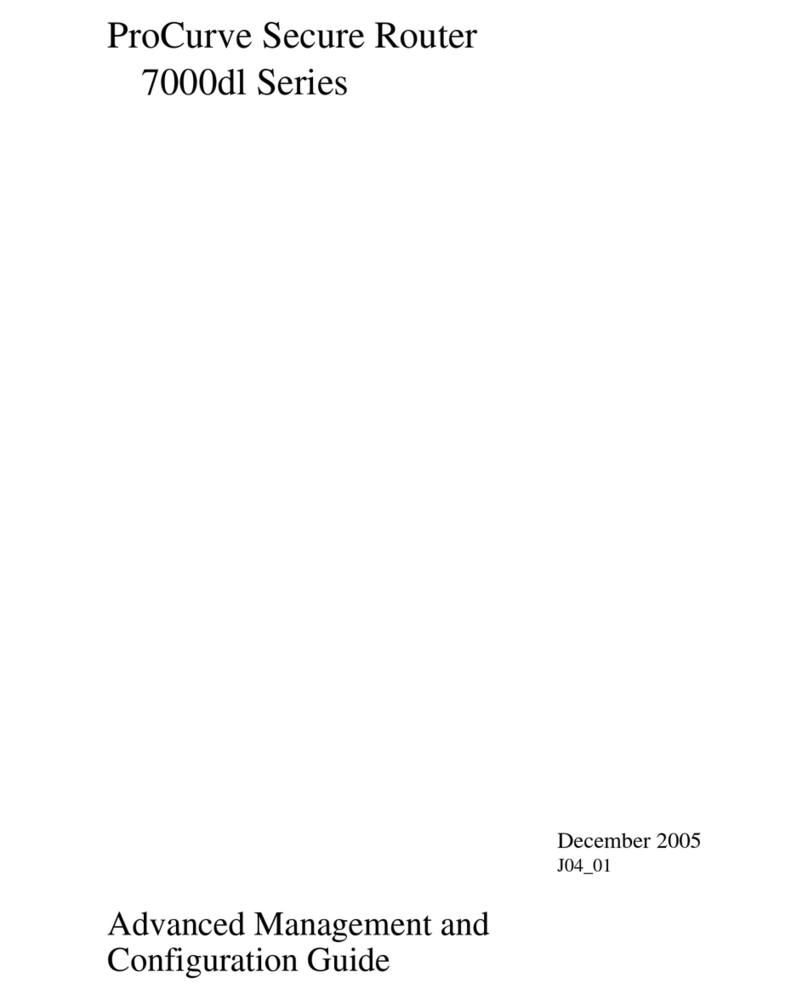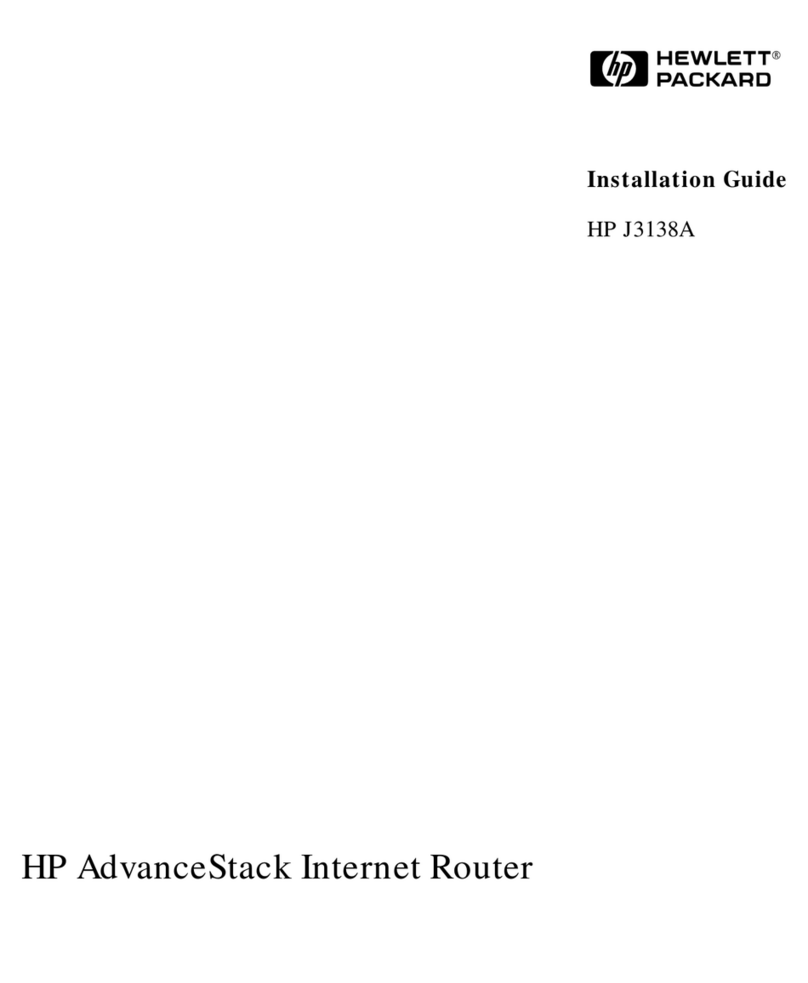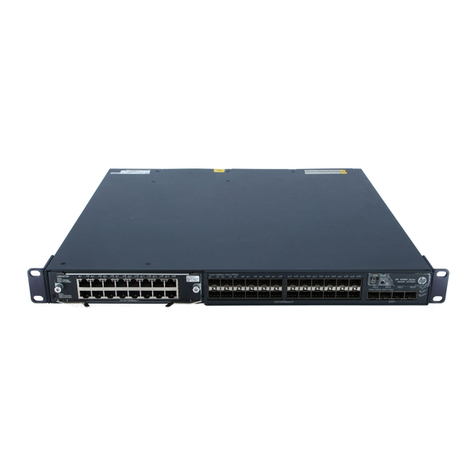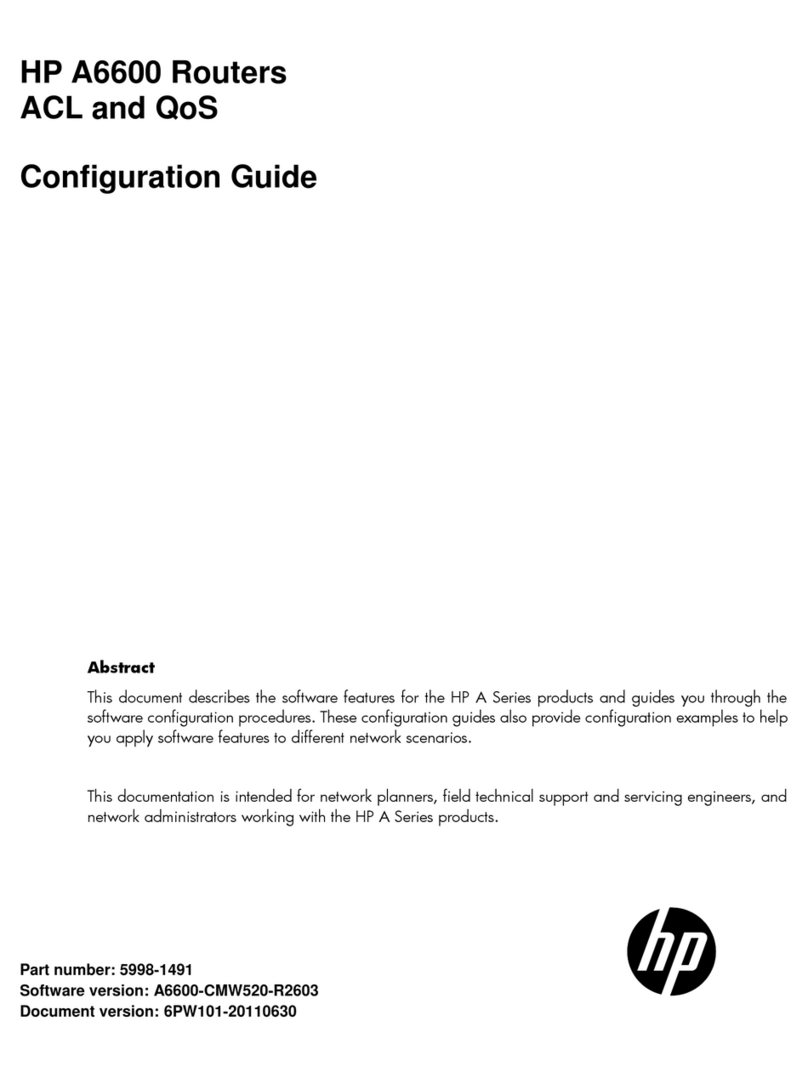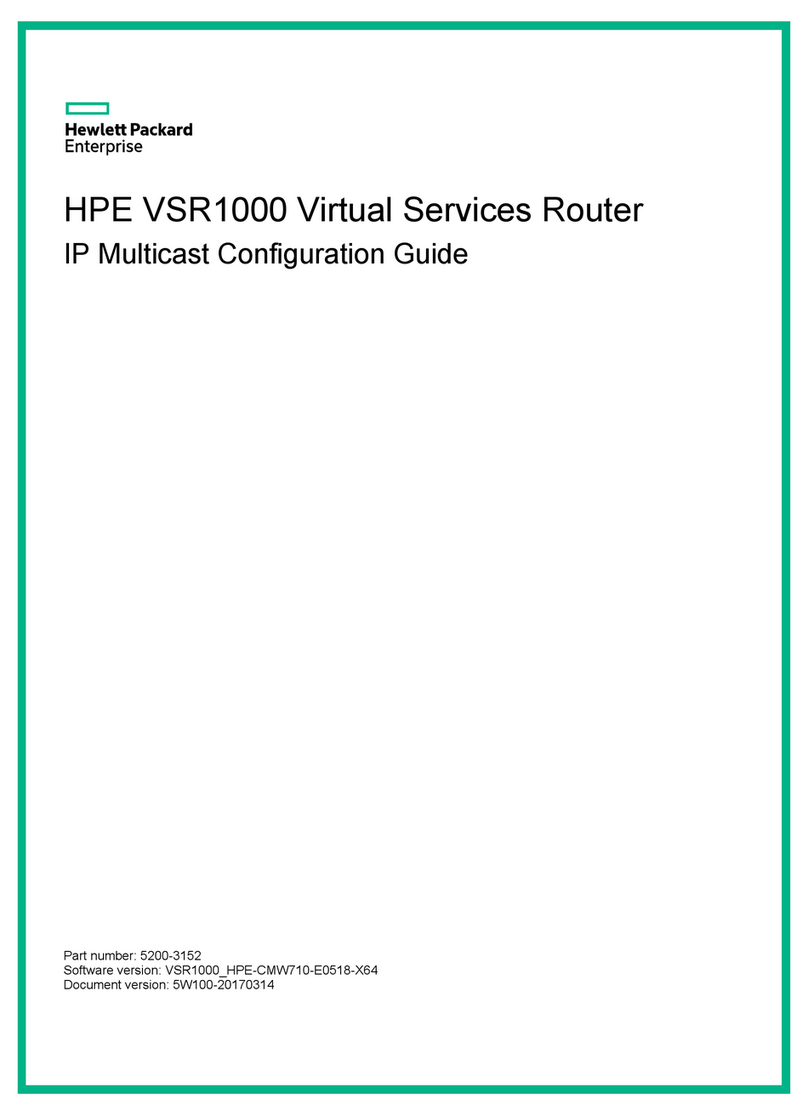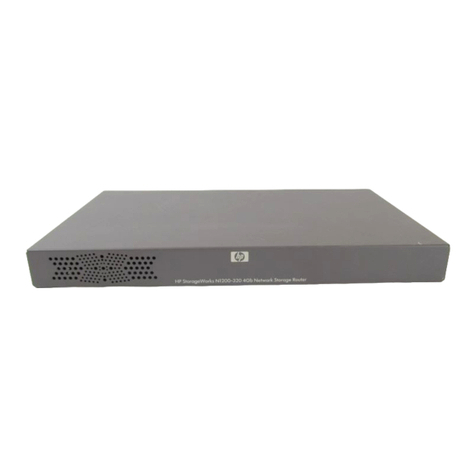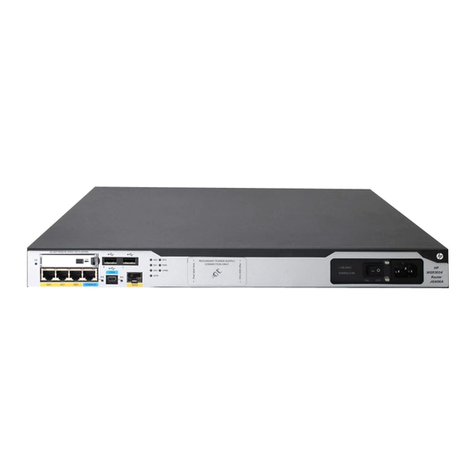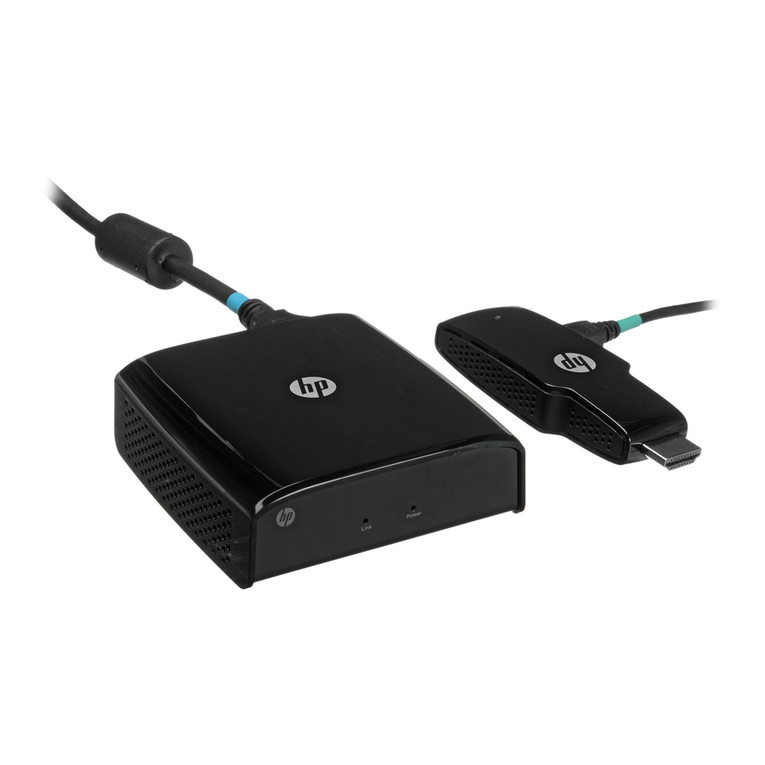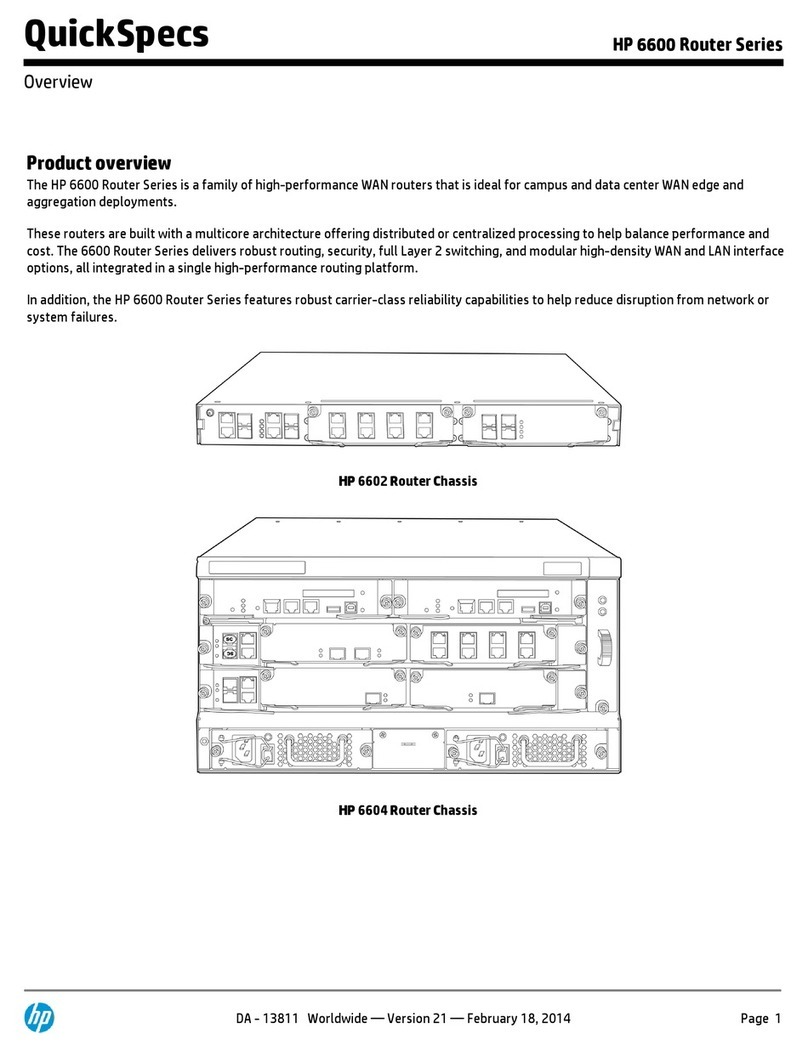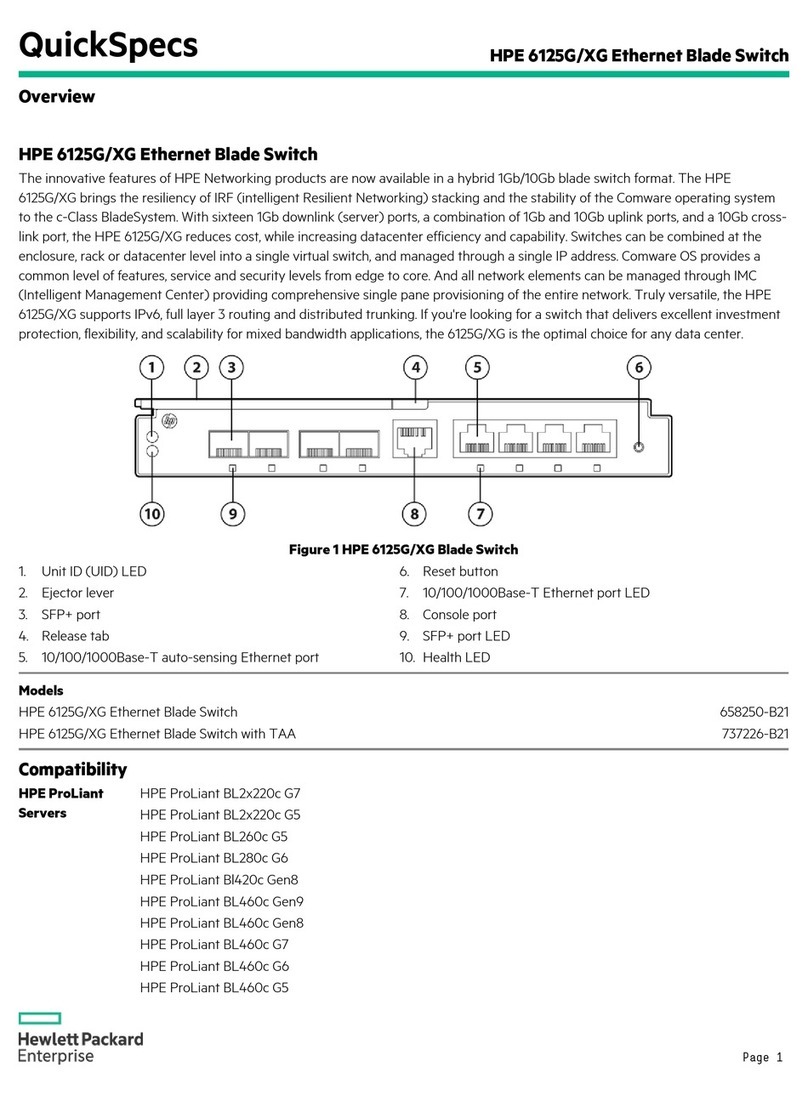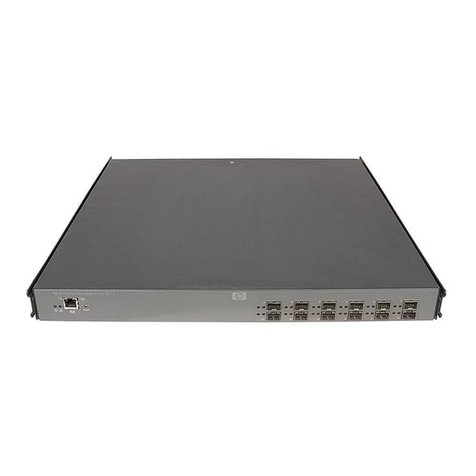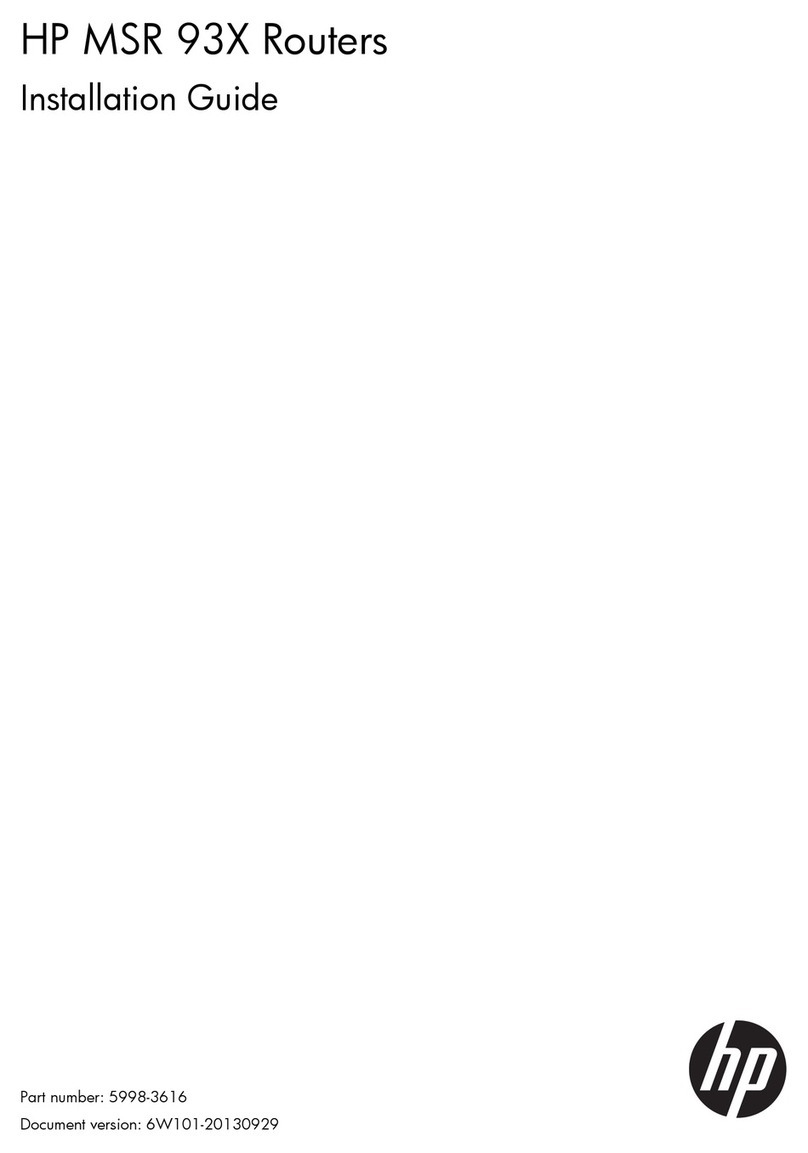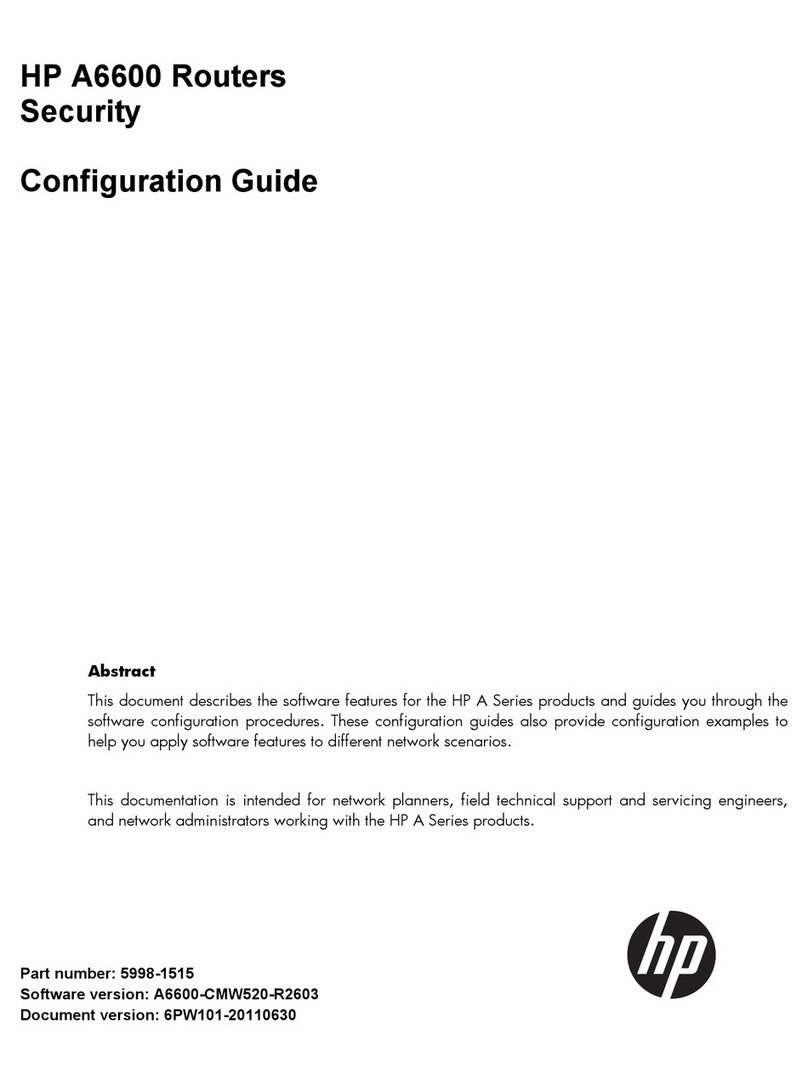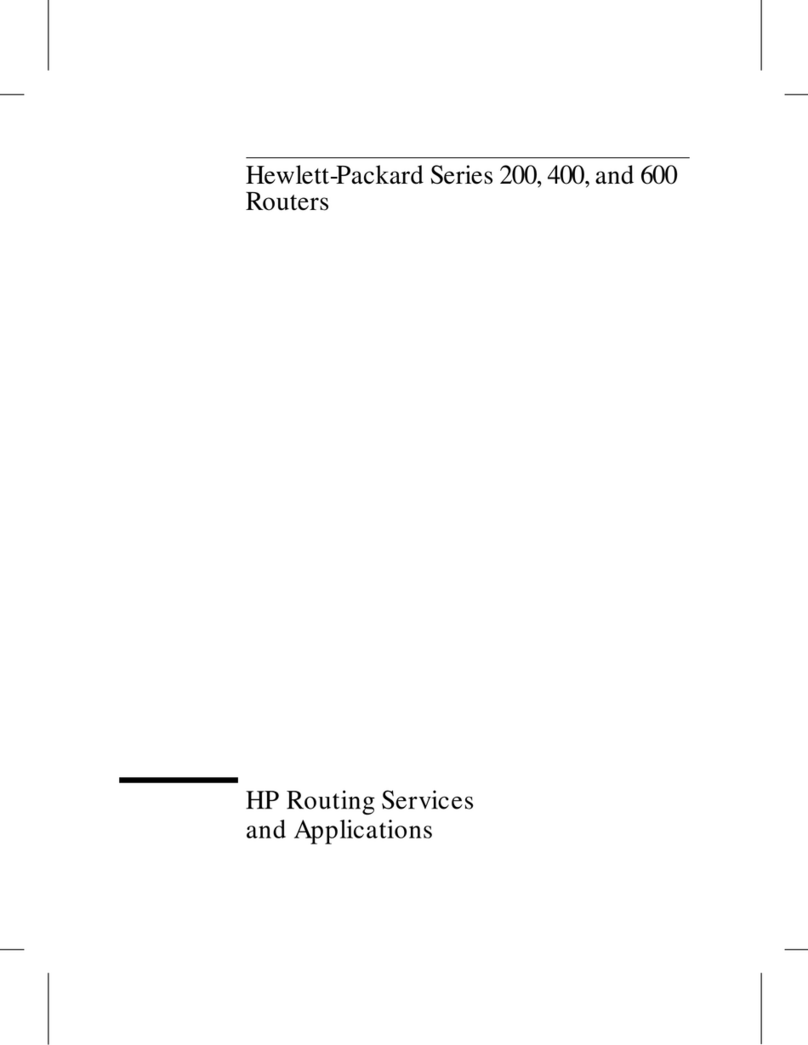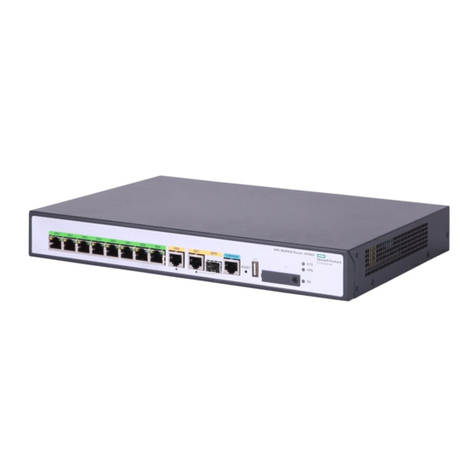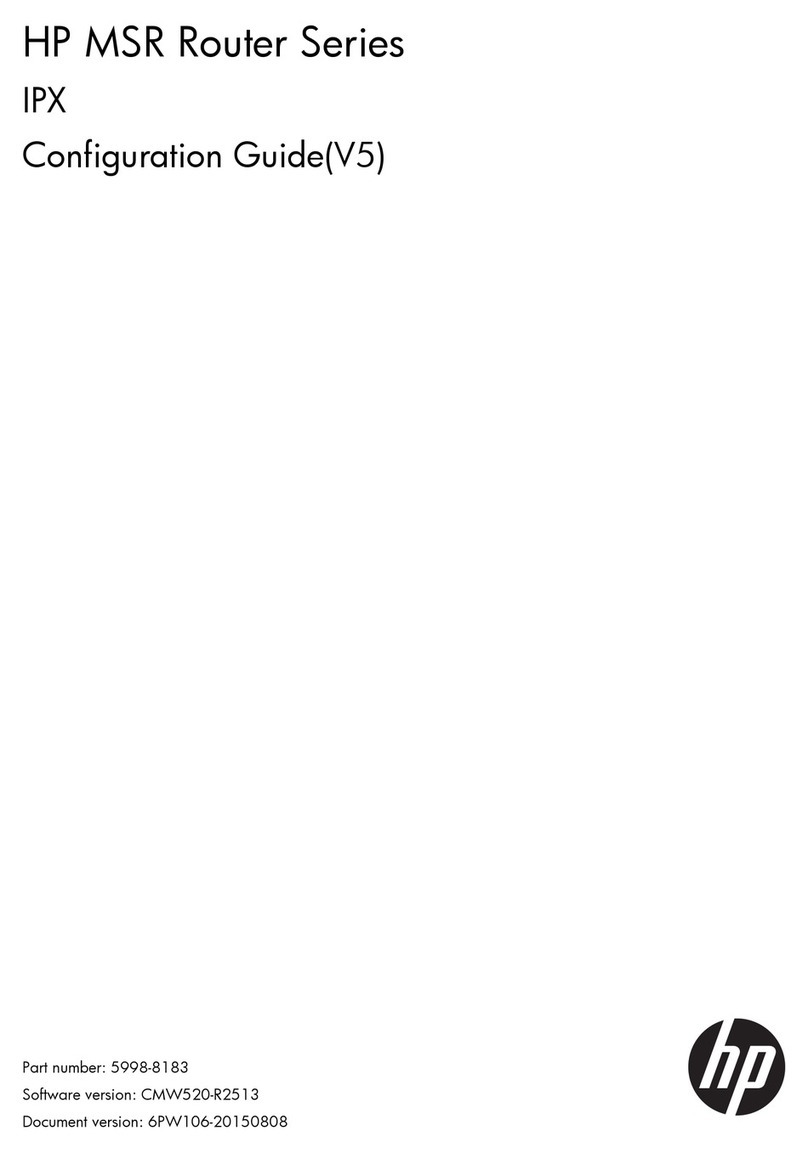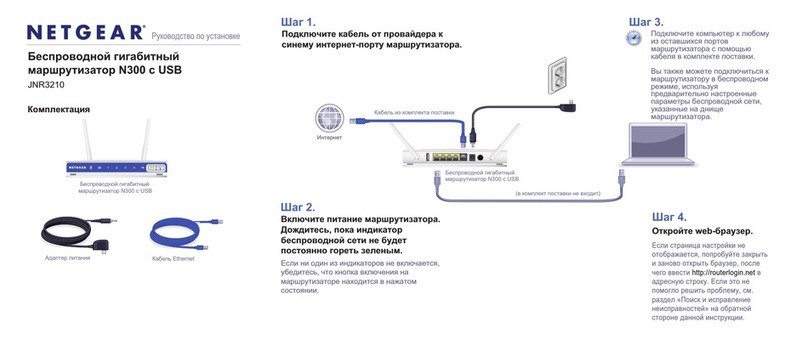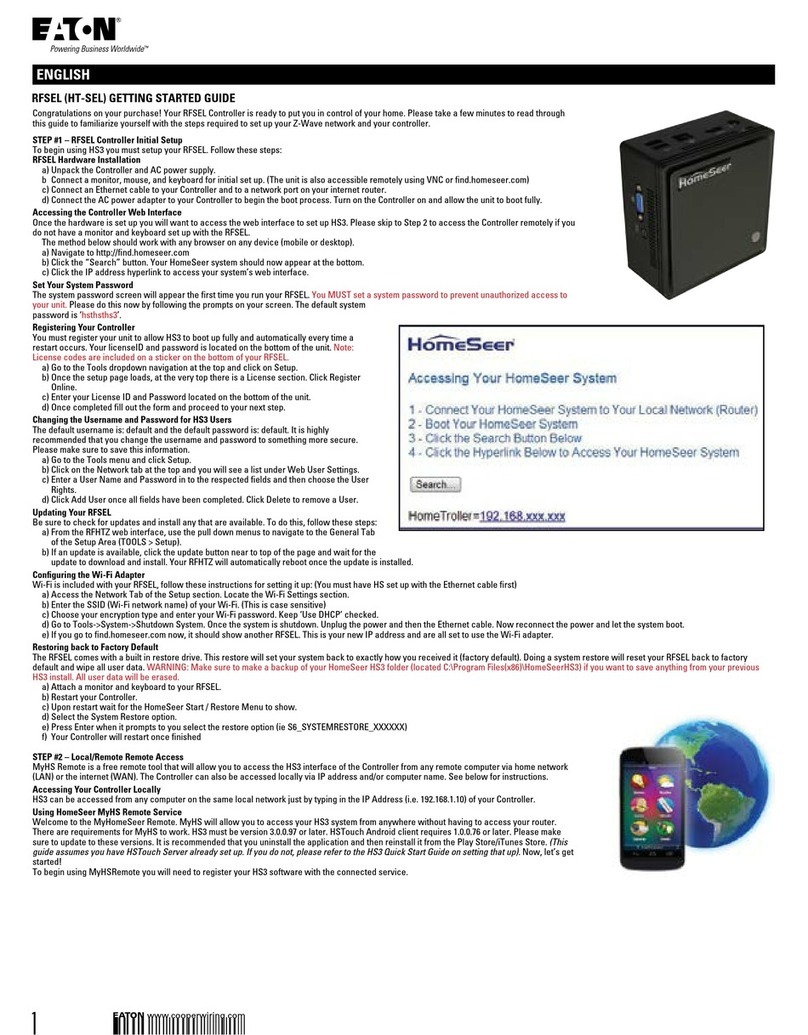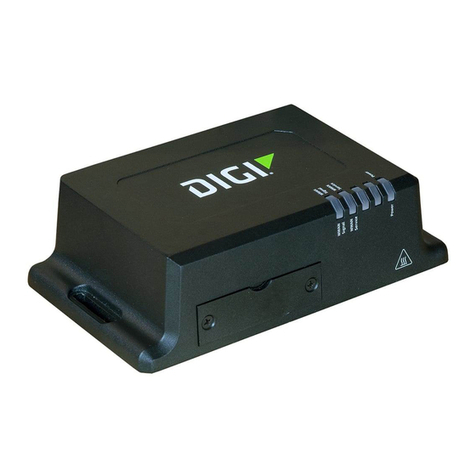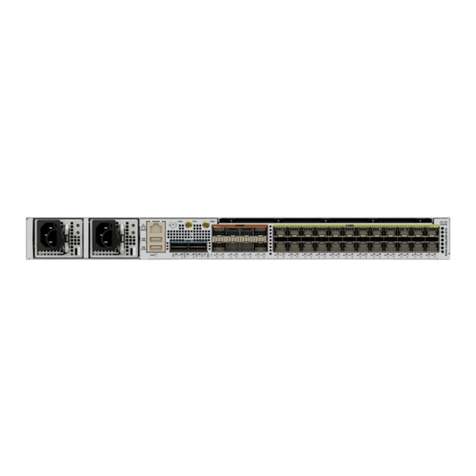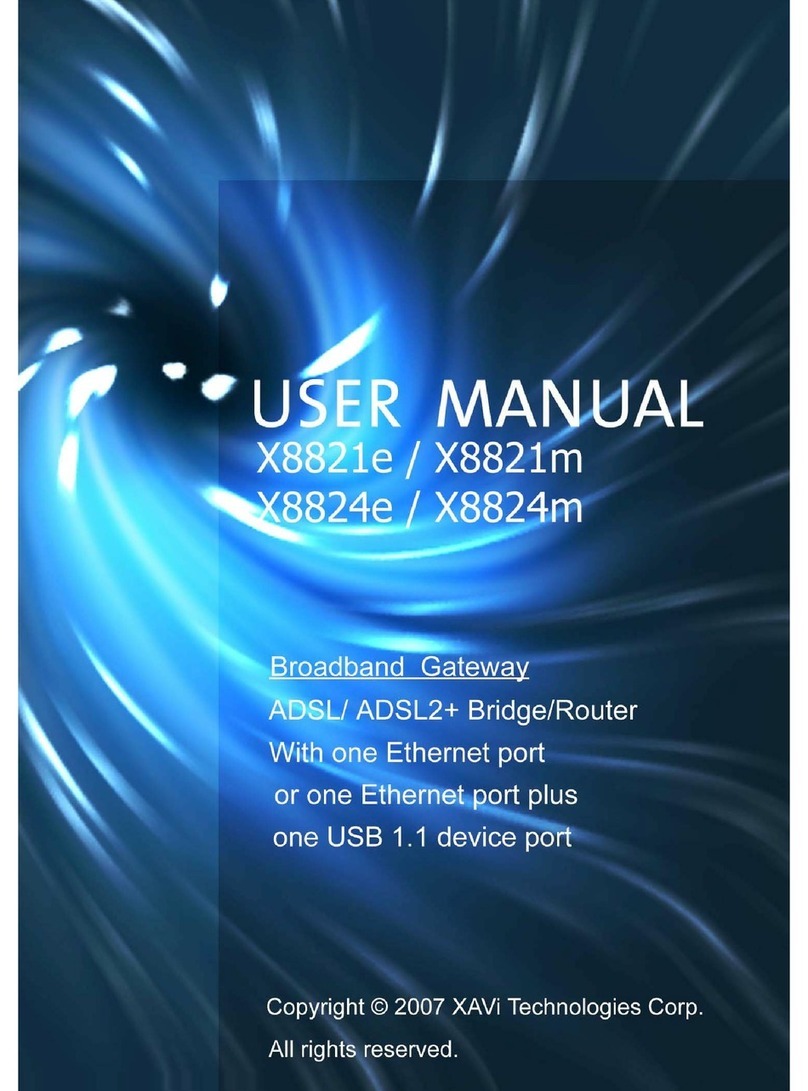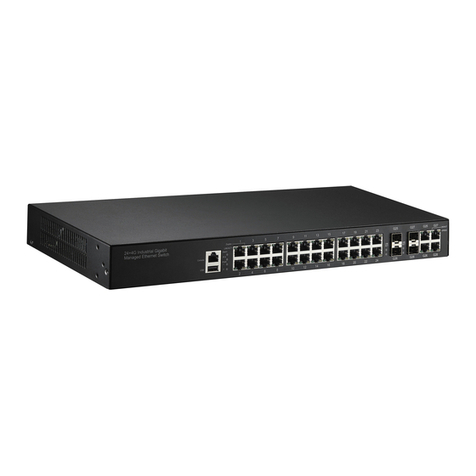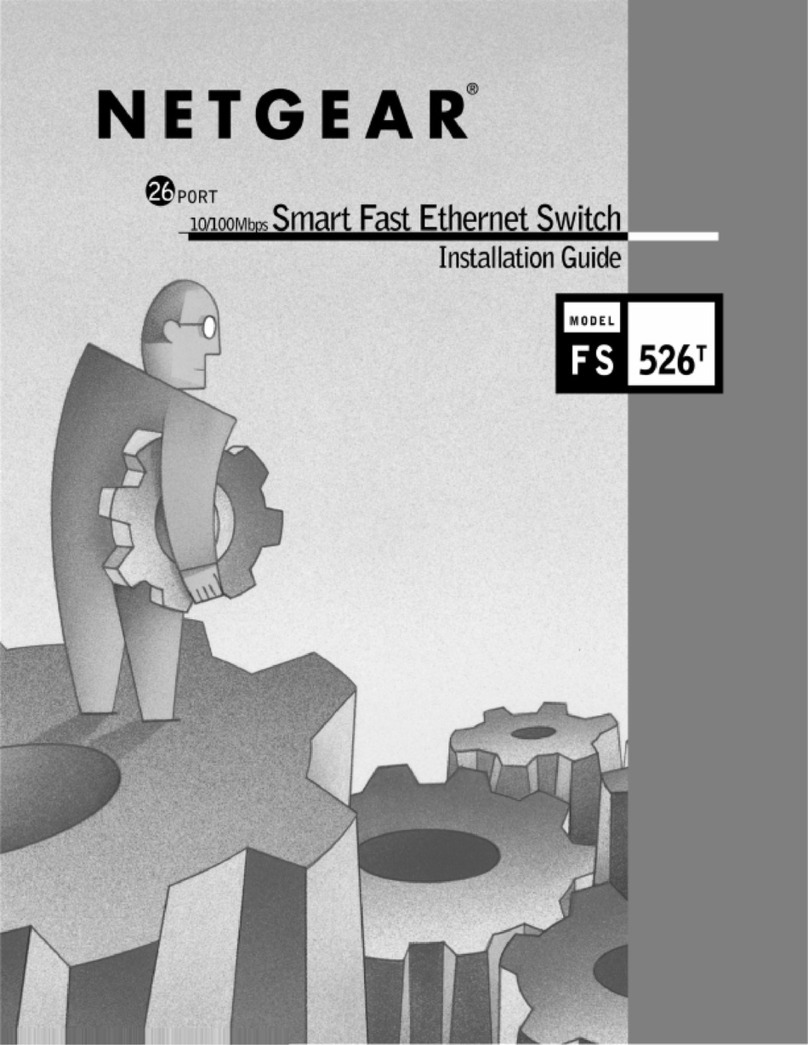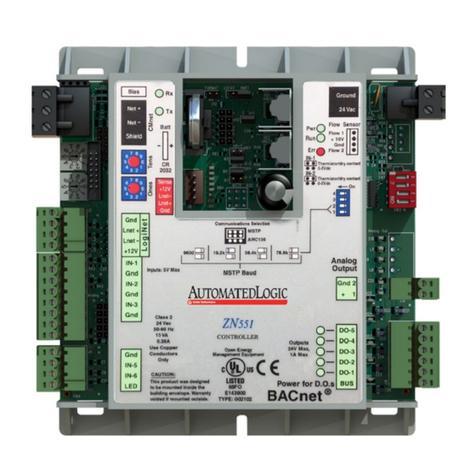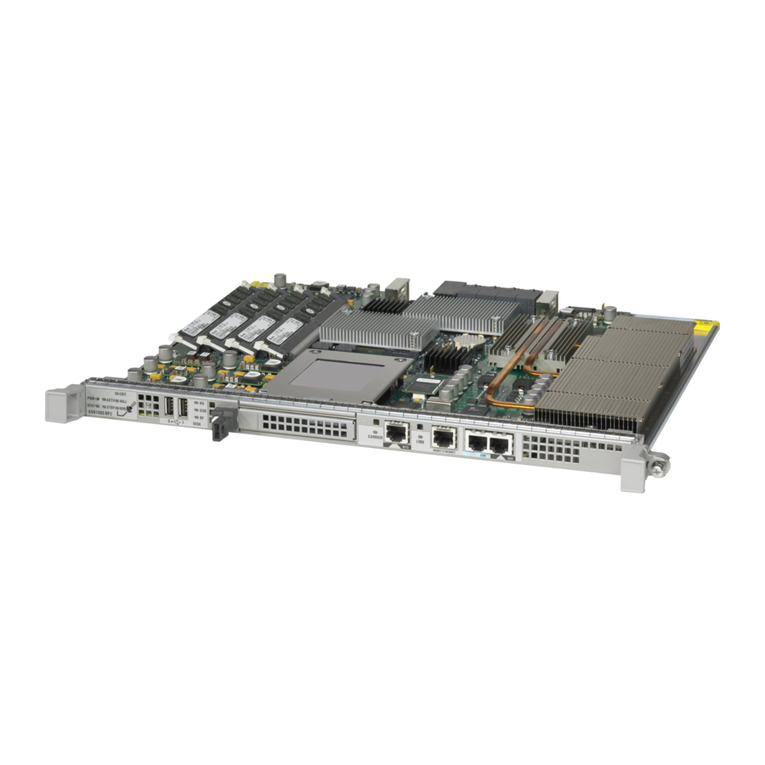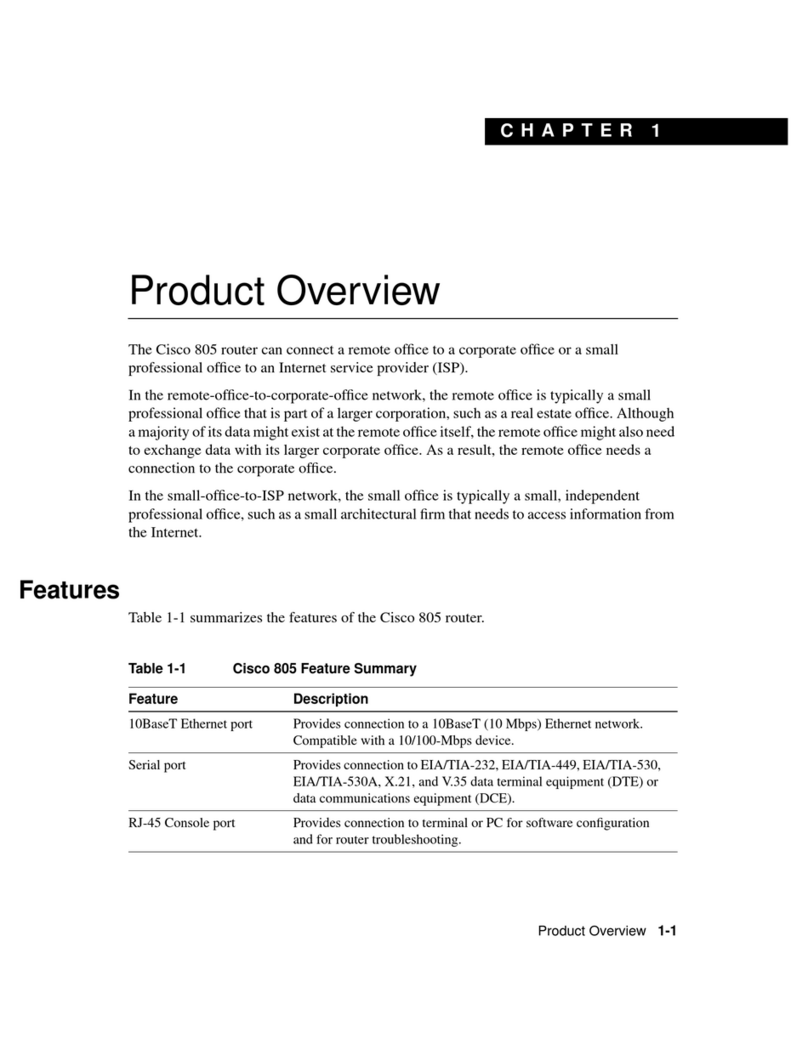
ii
Configuring DNS servers for the client ··············································································································· 25
Configuring WINS servers and NetBIOS node type for the client ·································································· 26
Configuring BIMS server information for the client···························································································· 26
Configuring gateways for the client ···················································································································· 27
Configuring Option 184 parameters for the client with voice service ···························································· 27
Configuring the TFTP server and bootfile name for the client··········································································· 28
Configuring self-defined DHCP options ·············································································································· 28
Enabling DHCP ······························································································································································ 29
Enabling the DHCP server on an interface·················································································································· 29
Configuration guidelines ······································································································································ 29
Configuration procedure ······································································································································ 30
Applying an extended address pool on an interface ································································································ 30
Configuring the DHCP server security functions ········································································································· 31
Configuration prerequisites ·································································································································· 31
Enabling unauthorized DHCP server detection ·································································································· 31
Configuring IP address conflict detection ··········································································································· 31
Enabling handling of Option 82·································································································································· 32
Configuration prerequisites ·································································································································· 32
Enabling Option 82 handling······························································································································ 32
Specifying the threshold for sending trap messages·································································································· 32
Configuration prerequisites ·································································································································· 32
Configuration procedure ······································································································································ 33
Displaying and maintaining the DHCP server ············································································································ 33
DHCP server configuration examples ·························································································································· 34
Static IP address assignment configuration example························································································· 34
Dynamic IP address assignment configuration example··················································································· 35
Self-defined option configuration example········································································································· 37
Troubleshooting DHCP server configuration ··············································································································· 38
Symptom································································································································································· 38
Analysis ·································································································································································· 38
Solution··································································································································································· 38
Configuring the DHCP relay agent···························································································································39
Overview········································································································································································· 39
Fundamentals························································································································································· 39
DHCP relay agent support for Option 82 ·········································································································· 40
DHCP relay agent configuration task list····················································································································· 40
Enabling DHCP ······························································································································································ 41
Enabling the DHCP relay agent on an interface ········································································································ 41
Correlating a DHCP server group with a relay agent interface················································································ 41
Configuring the DHCP relay agent security functions ································································································ 42
Configuring address check ·································································································································· 42
Configuring periodic refresh of dynamic client entries ····················································································· 43
Enabling unauthorized DHCP server detection ·································································································· 43
Enabling DHCP starvation attack protection ······································································································ 44
Enabling client offline detection ··································································································································· 45
Configuring the DHCP relay agent to release an IP address ···················································································· 45
Configuring the DHCP relay agent to handle Option 82·························································································· 45
Displaying and maintaining the DHCP relay agent ··································································································· 47
DHCP relay agent configuration examples)················································································································ 47
DHCP relay agent configuration example·········································································································· 47
DHCP relay agent Option 82 support configuration example········································································· 48
Troubleshooting DHCP relay agent configuration······································································································ 49
Symptom································································································································································· 49
Analysis ·································································································································································· 49
